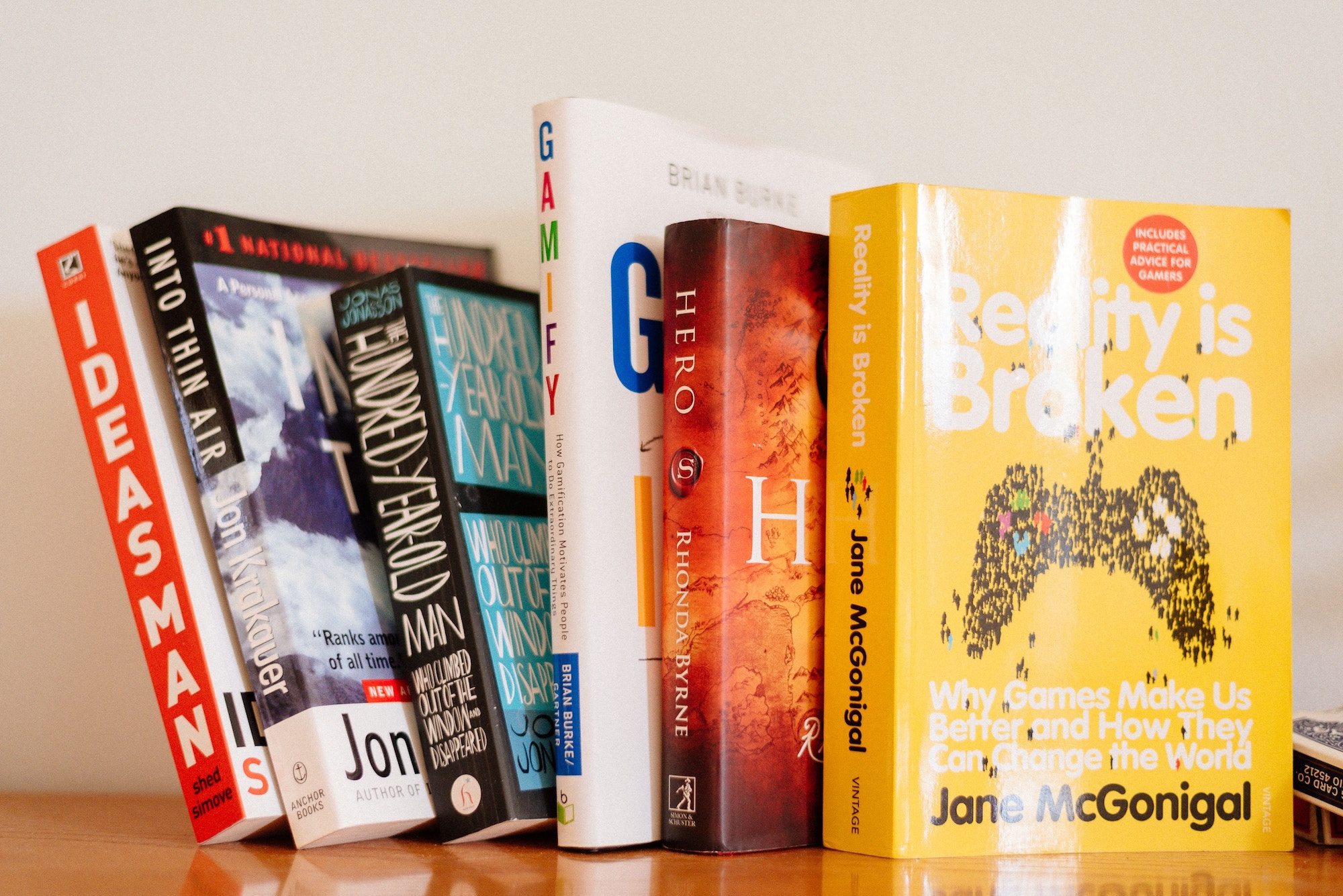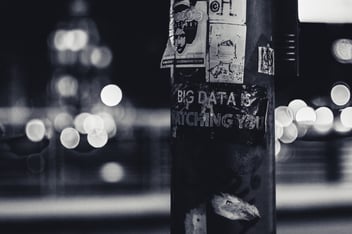How to play the retail game
The term ‘employee engagement’ comes up regularly in corporate presentations, books and articles about management. It means nurturing a motivated team that operates with commitment to the company’s goals and values, with an enhanced sense of well-being. Despite such a simple definition, the truth is that the majority of employees are not engaged in their work.
Gallup, an analytics-driven consultancy, has been tracking employee engagement in the U.S. for nearly 20 years. According to Gallup’s data, less than one-third of U.S. employees have been engaged in their work during this period. Worldwide, only 13% of employees have identified as being engaged with what they do. Inversing these statistics, this means that 65% of the U.S. workforce and 87% of workers globally just shows up to do the minimum required (in their assessment) to stay employed.

These figures may be tolerable in public service, but for a retailer, they spell bad news. The retail industry is unlike any other when it comes to employee motivation. Retailers need to be able to motivate and inspire employees who are under pressure from long and irregular hours, frequent promotional events, stressful holiday assignments and relatively low pay. Ensuring your employees are engaged in this environment is not easy, yet it is so fundamental to success. This is where games come in, let me explain.
The power of play (gamification)
The concept of gamification has been around for many years, but few organisations have put in the effort needed to apply it. Andrew Gorecki, Retail Directions MD wrote an article titled “Watch your game” (Company Director 11/1995). The main idea of the article was that behind all motivation is a game. People who play a game are motivated, people who don’t are bored. In my experience, this is evident across of society, from toddlers to retirees.
Gamification means structuring the work or activity in such a way that it engages and motivates people using game mechanics: setting rules and objectives such as badges and points, with periodic encouragements such as levels, and leaderboards.
The term gamification became more popular around 2010 and represents the application of principles used in play to drive engagement and action in non-game contexts.
Its increasing relevance in the workplace was noted by The Oxford Dictionary, which selected “gamification” as the runner-up for the 2011 word of the year. In a TED talk in 2010 on the topic of gamification, the American game designer Jane McGonigal said that “we invest three billion hours weekly playing online games”. Makes you think, doesn’t it?
Sony offers a great example of how a well-designed gamification initiative can catalyst exceptional engagement. Sony’s video game division designed a system where users earn trophies as a reward for certain achievements. Players can win Bronze, Silver, Gold or Platinum trophies. The type of trophy winnable for an achievement depends on how difficult it is to reach the required level of gameplay. This game within a game has enabled Sony to capture an online user base of more than 100 million people, 70 million of them active monthly.
Off the back of success stories like Sony, retailers have started to target the growing number of people who are playing games, applying strategies used by game publishers to build brand loyalty and to increase sales. Using this strategy, customers can be engaged across multiple channels. For example, some retailers now have a brand app, which is available in App Store or Google Play. Through the app, these retailers consistently create opportunities for customers to interact with the brand, sending notifications to customers about a new reward or a personalised offer.
The key for retailers is to turn this obsessive focus on gamification for customer engagement inwards to drive employee performance and reward. According to Brian Burke from Gartner, who authored the book “Gamify: How Gamification Motivates People to Do Extraordinary Things”, employee facing solutions are the fastest growing segment of gamification market, and these internally focused solutions are set to take over customer-facing solutions in the near future.
How to use gamification to enhance employee engagement
In the U.S., Target stores have implemented a game cashiers play at checkout. It shows the cashier in red and green based on whether the item that was just scanned was done so in the optimum time. Then the cashiers see their immediate score on the screen and know how “in-time” they are with the KPI.
A fundamental part of human nature is to feel good when we get a reward. As a first step towards gamification, retailers could learn from Target and integrate gamification elements into their POS terminals. Using cashiers as an example, we know that the speed and professionalism displayed at the checkout is critical in the overall customer experience.
If the most efficient and productive cashiers are recognised and rewarded via a scoring system, it provides a compelling reason to be really engaged in their work. Imagine having a visible progress bar, or a counter, which is responding throughout the day every time the cashier performs activities in the POS system. The cashier is making progress and the system acknowledges that.
Another fundamental part of human nature is our drive to outperform others. Sony allows users to compare trophies, the trophies can also be shared on social media. The whole system has been designed with the objective to make users spend a lot of time in the game in order to achieve a certain reward.
If we borrow from Sony, we can assign an overall level to each cashier (Bronze/Silver/Gold/Platinum). The challenge for the retailers is to define the right achievements, based on the KPIs already used in the cashiers’ performance appraisals.
The overall level of the cashier could be a formula based on accumulated trophies, always visible on the POS terminal. The cashiers could have access to a dedicated menu where they can see all the trophies, including the ones that they are yet to win, and where they can compare their achievements with their colleagues’ efforts.
Conclusion
Gabe Zichermann, industry expert and chair of the Gamification Summit, declared that “Gamification in the work environment is really about how to make people’s jobs better and how to make people’s work life better. We often hear, ‘you should do what you love and follow your passion.’ The vast majority of people don’t actually get to do that as part of their work life.”
Achieving this within a retail business could be as simple as having an application designed specifically for employees where they can track their progress and achievements related to their work would allow them to have a more enjoyable and engaging work experience.
Creating an engaged workforce must represent a top priority for any retail enterprise, especially because it correlates so closely with effective customer engagement.






